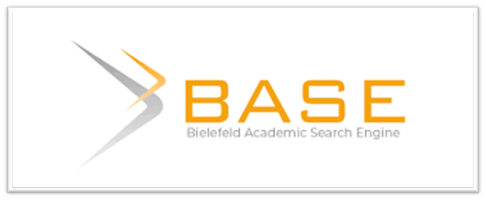FLIPPED LESSONS MODEL AS AN ATTEMPT TO STRENGTH EFL LEARNERS’ READING COMPREHENSION
Keywords:
Flipped Lessons, Reading ComprehensionAbstract
The problem of this study was concerned with the effectiveness of using Flipped Lesson Model in teaching reading comprehension. The objective of this study was to find out whether or not Flipped lesson model was effective to use in teaching reading to the students of English Education Study Program Baturaja University. In this study, pre-experimental method was used. The result it was found mean score of pre-test 48,33 and the mean score of post-test was 61,55 based on calculating of t-test, the value of sign. 0,000 less than the significance level (α = 0,05) the value of tobtained = 11,642 was more than ttable = 1,69 with df 29, and the value of sig. (2-tailed was 0,000). It less then the significance lavel (α = 0,05). Based on the result of t-test had been given, the researcher concluded that it was effective teaching reading by using Flipped Lesson Model to EFL Learners.
References
Abubaker Kashada. (2017). Adoption of flipped classroom in k-12 education in developing countries: Challeges and obstacles. iJET, 12 (10).
Adam M. Persky, Jacqueline E. McLaughlin. (2017). The flipped classroom-from theory to practice in health professional education. American Journal of Pharmaceutical Education, 81 (6).
Bergmann J, Rotellar C, Cain J. (2016). Research, perspective, and recommendation on implementing the flipped classroom. American Journal of Pharmaceutical Education.
Alharbi, A. M. (2015). Building vocabulary for language learning: approach for esl learners to study new vocabulary. Journal of International Students, 5(4), 501-511.
Badr El-Deen, Z. (2009). The effectiveness of assisted extensive on developing reading comprehension strategies for ninth graders in Gaza governorate (Unpublished Master's Thesis). Islamic University-Gaza- Palestine
Eric M Carbaugh, Kristina J. Doubet. (2014). The Differentiated Flipped Classroom. California: Corwin.
Kirmizi, F. (2010). Relationship between reading comprehension strategy use and daily free reading time. Procedia Social and Behavioral Sciences, 2, 4752–4756.
Key, J. P. (1997). Research design in occupational education. Oklahoma State
Nejmeh, S. (2011). Integrating higher order thinking skills on the tenth graders to improve learners' achievement in reading comprehension in Jenin district (Unpublished Master's Thesis). An-Najah National University, Palestine
Nurhasanah, N., Sulistyo, B., Agustiani, M., & Ulya, E. N. (2020). Students’perceptions on The Use of Internet as Learning Media In Reading Classroom. Jurnal Basis, 7(1), 111-120. Link. https://ejournal.upbatam.ac.id/index.php/basis/article/view/1864
Oxford, Rebecca, L. 1990. Language Learning Strategies: What every teacher should know. Massachusettes : Heinle & Heinle Publishers
Persky AM, Pollack GM. A modified team-based learning physiology course. Am J Pharm Educ. 2011;75(10):Article 204.
Sartika, F. D., Afifah, N., & Anggraini, Y. (2020). The Correlation Between Students’reading Habit and Their Reading Comprehension. Jurnal Basis, 7(1), 207-216. Link https://ejournal.upbatam.ac.id/index.php/basis/article/view/1856
Syatriana, E. (2011). Developing the students’ reading comprehension through cognitive reading strategies of the first year students of SMAN 16 Makassar (Unpublished master's thesis). Indonesia













 JURNAL BASIS (BAHASA DAN SASTRA INGGRIS)
JURNAL BASIS (BAHASA DAN SASTRA INGGRIS)
